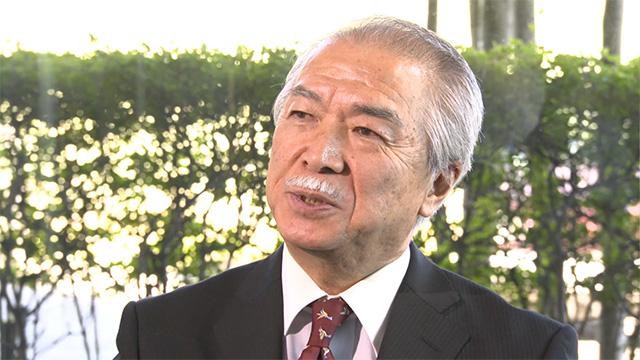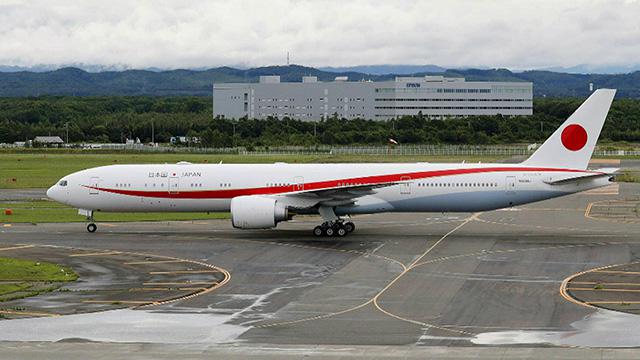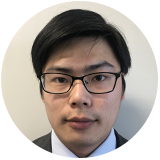Northern JASDF base
Out of all the aircraft that are kept at the Air Self-Defense Force Chitose Air Base in Hokkaido, two stand out. They are Boeing 747s bearing the Japanese flag, and have been dubbed the Prime Minister's flying residence. They are known for the special VIP room at the front of the cabin. That's where the Emperor and the Prime Minister stay when on board. The room has never been shown to the public. I made a request, but it was naturally turned down.
VIP flights

Shigeki Ueyama has been in the cockpit for 21 years. His missions have included flying into a hostage situation in Algeria in 2013, and traveling to Bangladesh following a terrorist attack in 2016, in both cases to bring back the bodies of Japanese citizens who had been killed.
"I received an emergency call, with orders to leave as soon as possible and bring back my fellow citizens," he says. "I was up all night preparing. I left at around three or four the next morning."

Tetsuo Hanawa also flew the planes. He says the experience that stands out is the flight back from the G8 summit in Canada in 2002.
Germany’s then Chancellor, Gerhard Schroder, wanted to attend the FIFA World Cup final, in which his country was playing, in Yokohama. The day before Japan’s Prime Minister was set to go home, Hanawa learned that Schroder would be joining them on the flight.
"I didn’t expect to have anyone on board who wasn’t Japanese," he says. "My reaction was, 'What? Really?'"

It was the first time the plane had ever carried the leaders of two countries, and it led to an issue for the crew. It is customary to display the flags of both countries when the Japanese Prime Minister appears with another leader. The problem in this case was that the German flag is bigger than the Japanese one. But Hanawa had an idea.
"The German flag is tricolored, so I thought we could shorten it, by either sewing it or holding it in place with safety pins," he says.
His crewmembers sewed the flag and by the time they reached Haneda Airport, it was on display alongside the Japanese one.


Hanawa has now retired from the Self-Defense Forces. He wants to pass on his experience to the next generation of pilots.
"The old planes rarely broke down," he says. "They worked really well. My hope is that the new planes travel around the world safely as well."
The next generation

The new models, Boeing 777s, will go into service in April. They arrived in Chitose last year and pilots have been conducting training flights almost every day. Occasionally, the old models and the new ones are all together in the parking area, attracting crowds of plane enthusiasts.
Soon, the old planes will be gone. Some want to preserve them and put them on public display. If this happens, perhaps we will finally be given a glimpse inside the VIP area.
